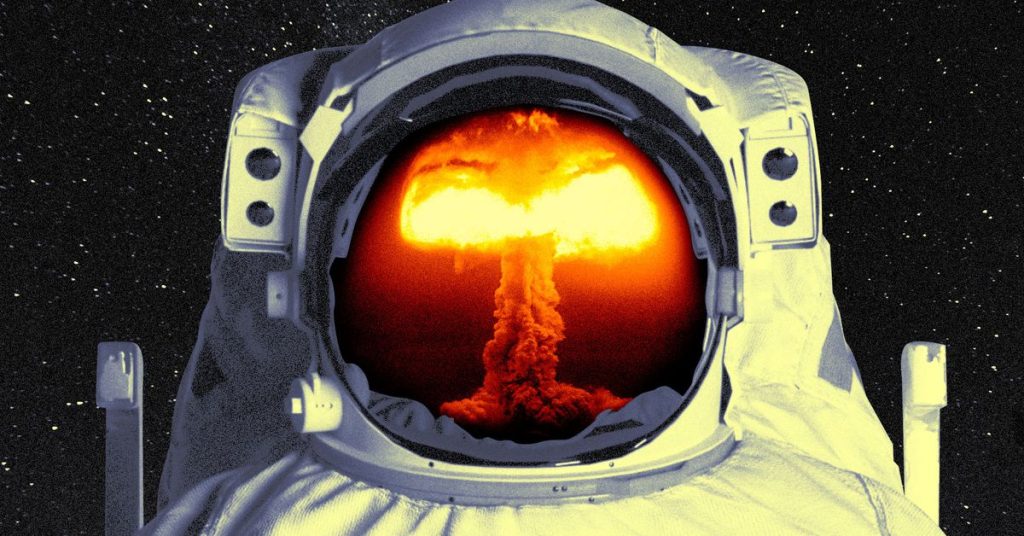The Looming Threat of Space-Based Nuclear Weapons
Recent reports of Russia’s potential plans to deploy a nuclear weapon in space have sent shockwaves through the international community. The prospect of a space-based nuclear weapon has alarmed US policy hawks, space environmentalists, and anyone who remembers the Cold War-era fears of nuclear annihilation.
While the US government has assured the public that such a weapon would primarily target satellites rather than people on the ground, the unpredictability of Russian President Vladimir Putin has left many feeling uneasy. Putin himself has indicated that placing a nuclear power unit in space is a priority for Russia.
The Consequences of Space-Based Nuclear Weapons
Defense experts caution that the presence of a nuclear weapon in space could have far-reaching consequences, eroding international relations and space law. The potential impacts range from clouds of space debris that could cut off access to space to the development of weapons capable of launching from space to strike targets on Earth.
The Destructive Power of Nuclear Weapons in Space
While anti-satellite weapons already exist, none have been nuclear in nature. A nuclear weapon in space would cause significantly more destruction than previous anti-satellite weapons tests, as explained by Andrew Reddie of the Berkeley Risk and Security Lab:
To destroy satellites at scale, you need a different weapon, such as a directed energy weapon based on the ground. Or, you could use a nuclear weapon in space, which creates not only shock effects but also heat, radiation, and an electromagnetic pulse — giving it the ability to take out or impair entire networks.
International Laws Protecting Space
The Outer Space Treaty of 1967 serves as the key piece of legislation in restricting the stockpiling and use of nuclear weapons in space. Article IV of the treaty prohibits placing nuclear weapons or other weapons of mass destruction in orbit. However, the details of the weapon and its effects matter when determining if it contravenes international law.
The Cascading Debris Problem
The use of weapons in space could be considered indiscriminate due to the debris field they create. Vishnu Reddy, a space debris expert from the University of Arizona, highlights the dangers of even small debris pieces:
A fleck of paint the size of your thumbnail can go through most spacecraft. Traveling at a very high velocity — 18,000 mph — it’ll go right through it.
A critical mass of debris could lead to the Kessler syndrome, a cascading effect where each collision creates more debris, ultimately cutting off access to space for generations.
Vulnerable Orbits and Future Fears
The most

1 Comment
Why not just turn space into an intergalactic battle zone, what could possibly go wrong